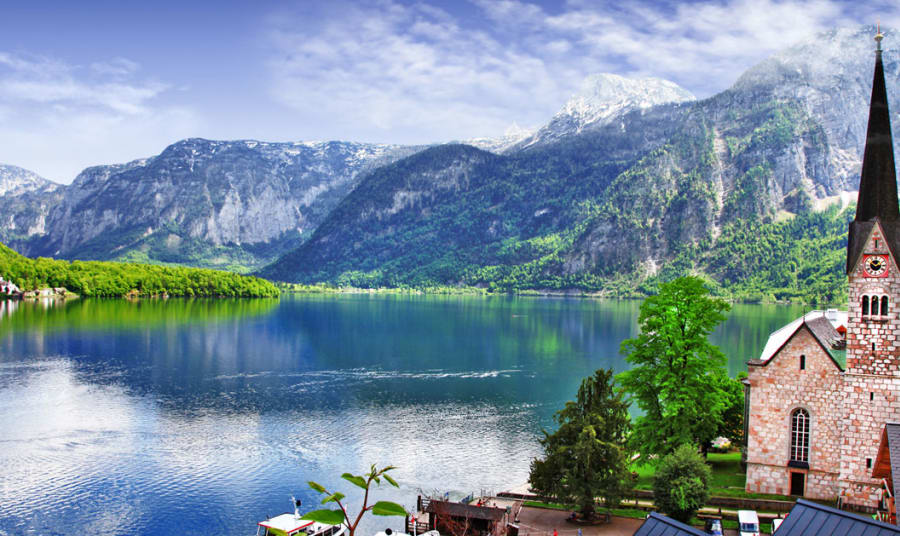 Learn more about what it’s like to travel, explore, and study abroad in Austria in our blog posts. Enjoy travel guides, tips, tricks, and reflections from current and former AIFS Abroad participants.
Learn more about what it’s like to travel, explore, and study abroad in Austria in our blog posts. Enjoy travel guides, tips, tricks, and reflections from current and former AIFS Abroad participants.
Looking to elevate your summer plans? Well, how about spending the season in a country that is three-quarters dominated by the actual Alps? While the standard beach-and-BBQ affair is great …